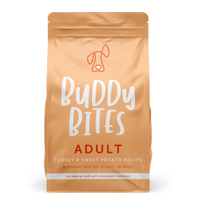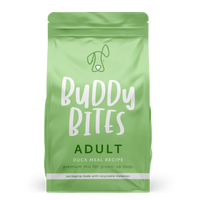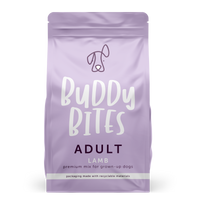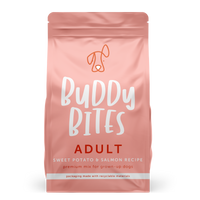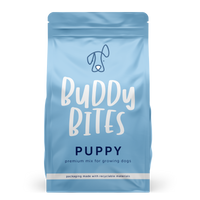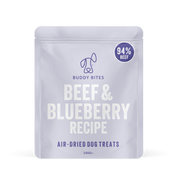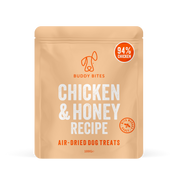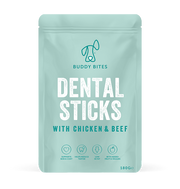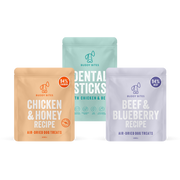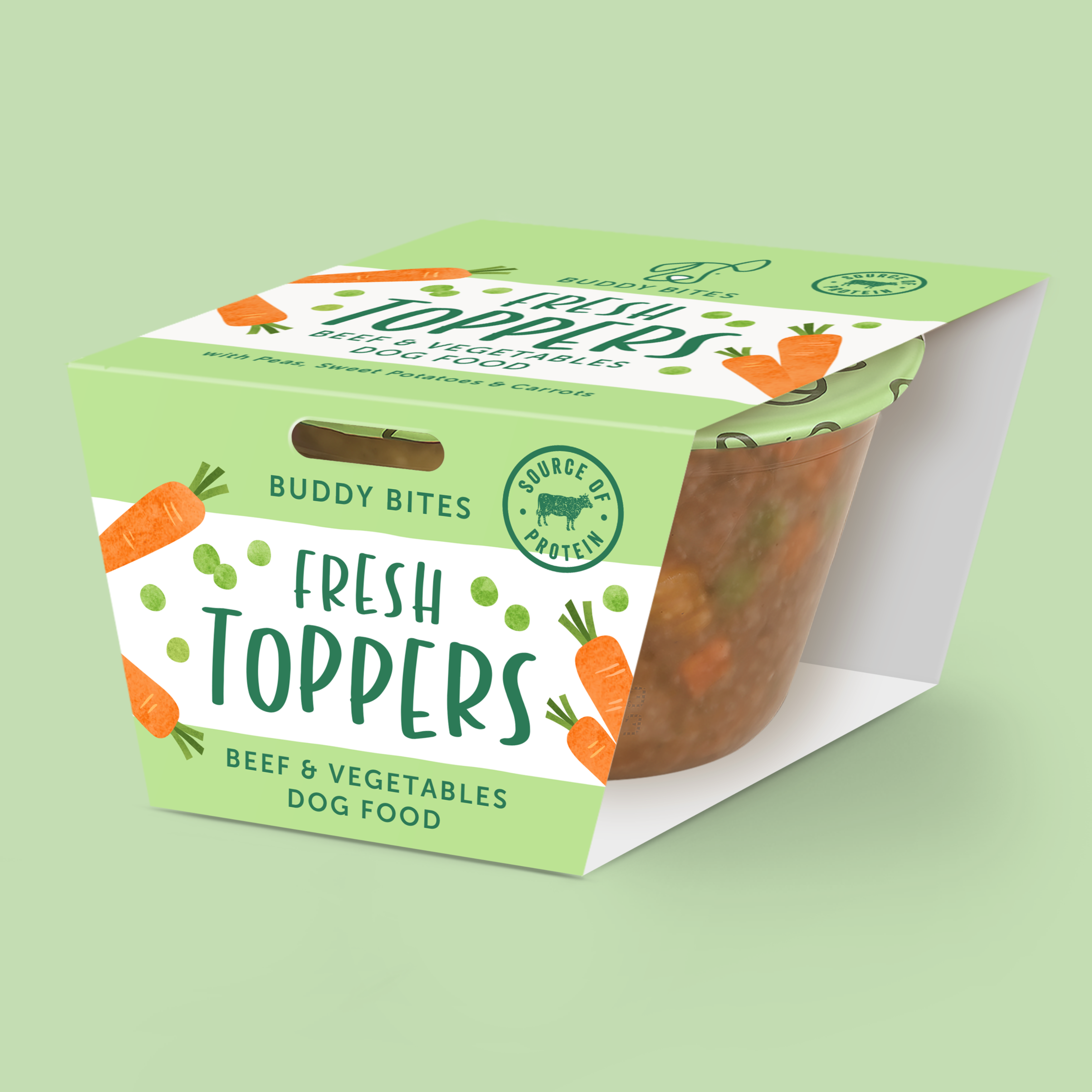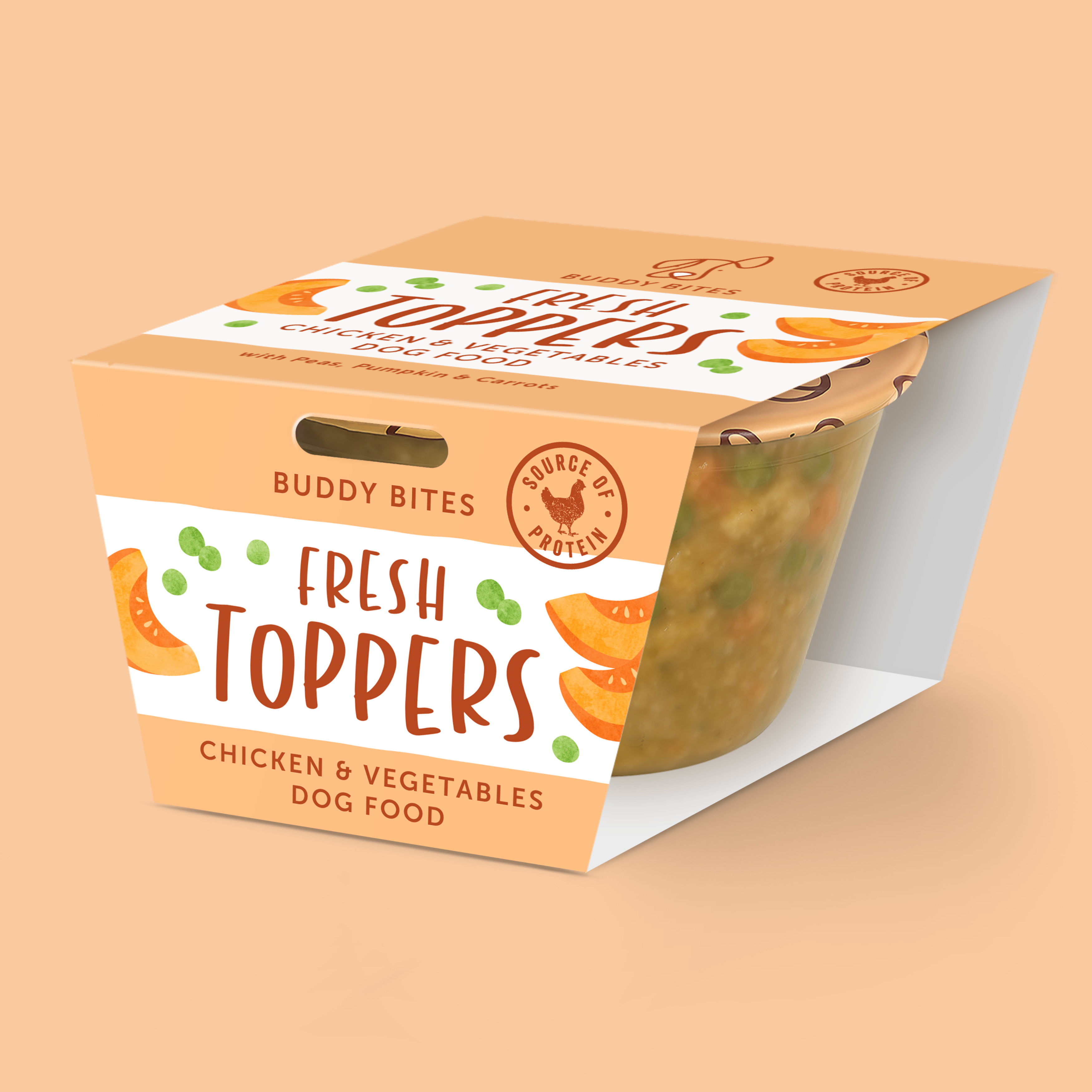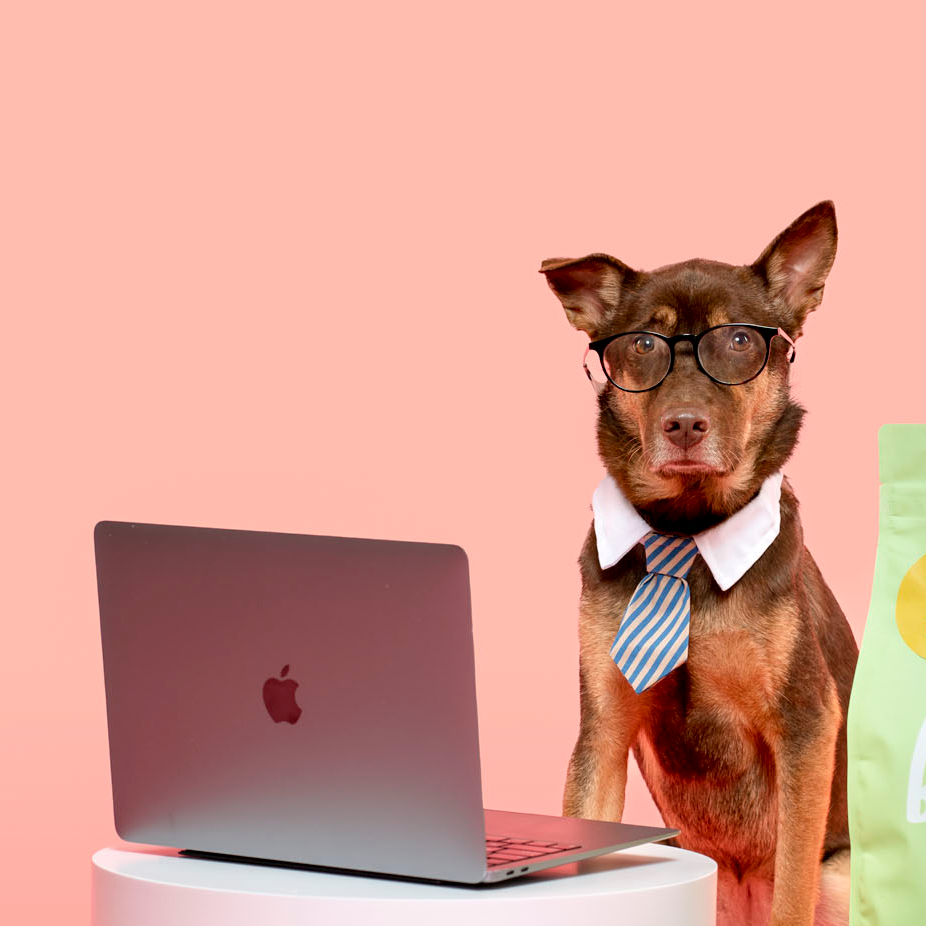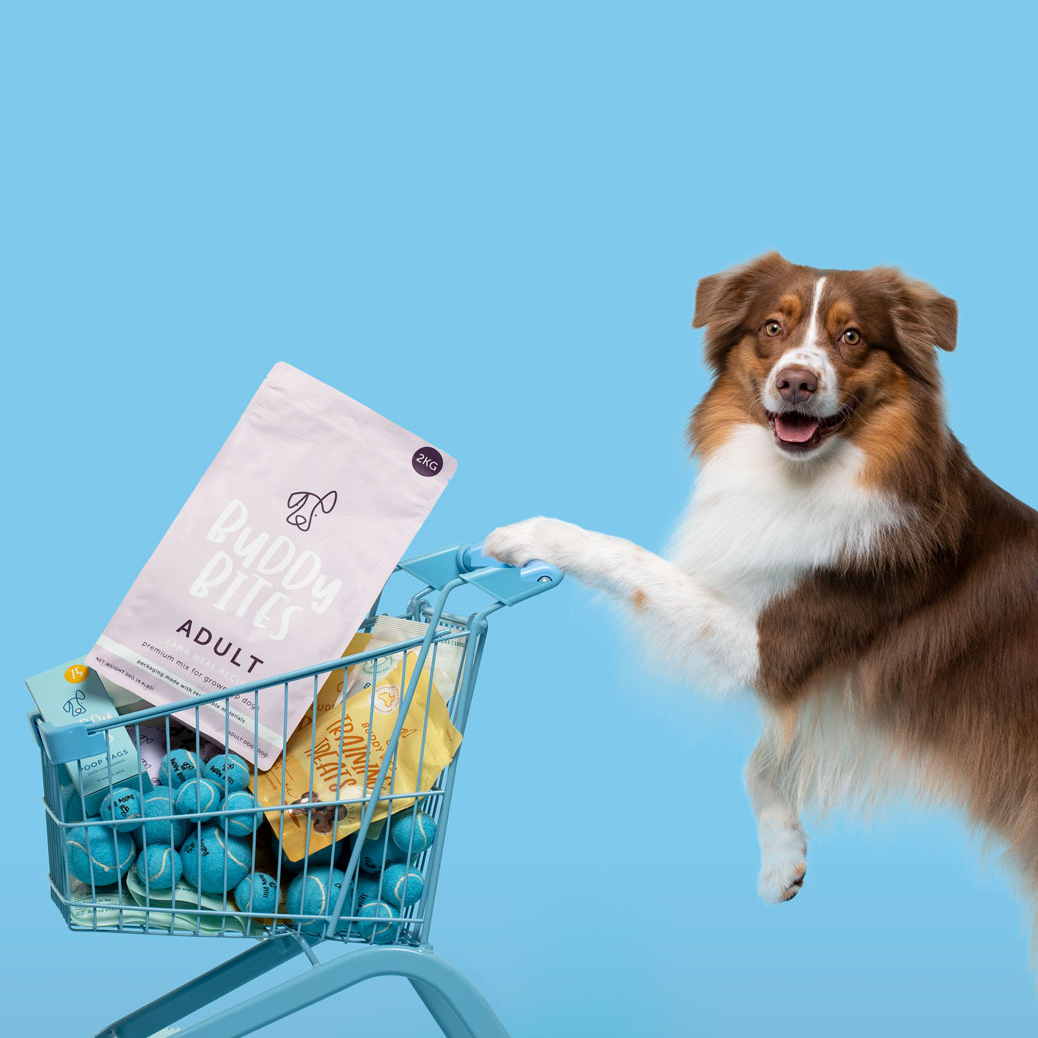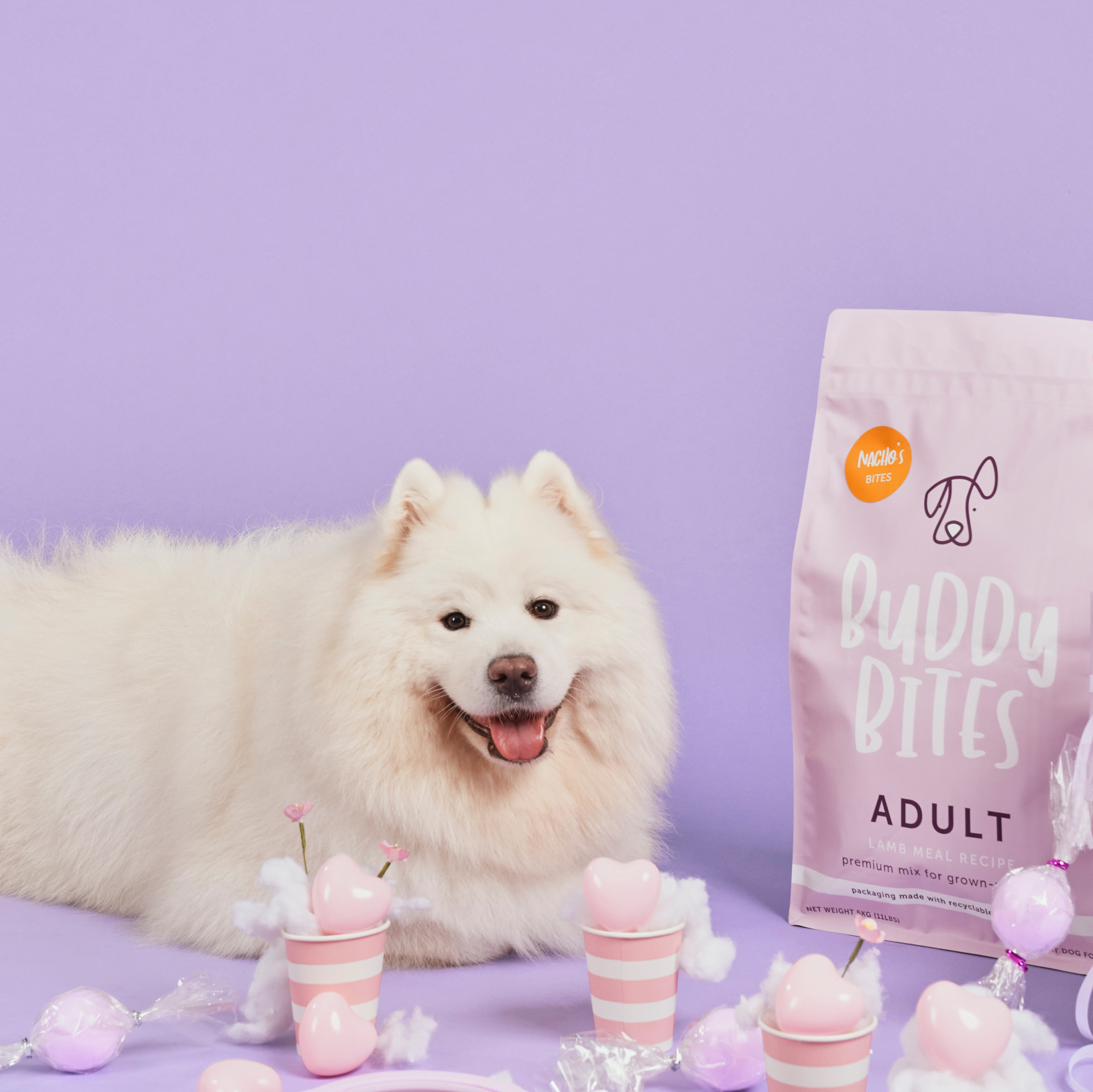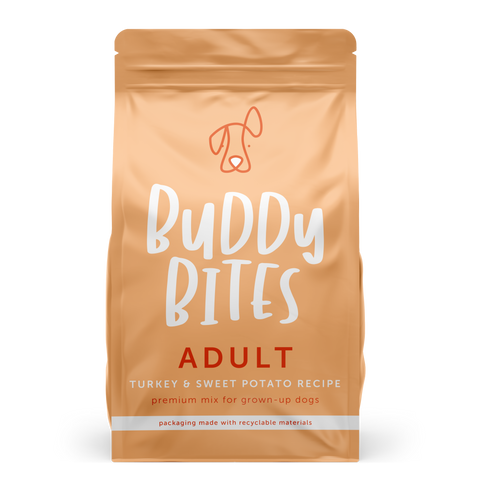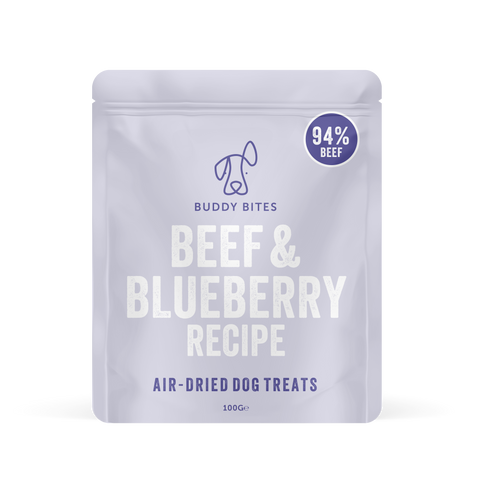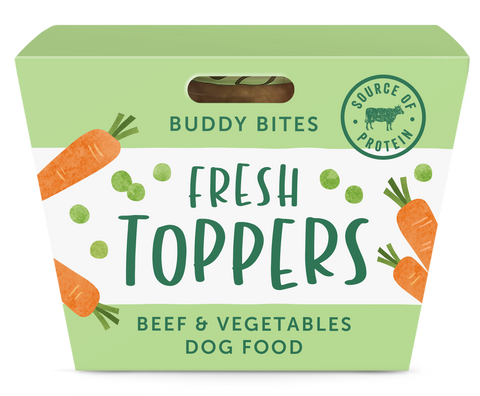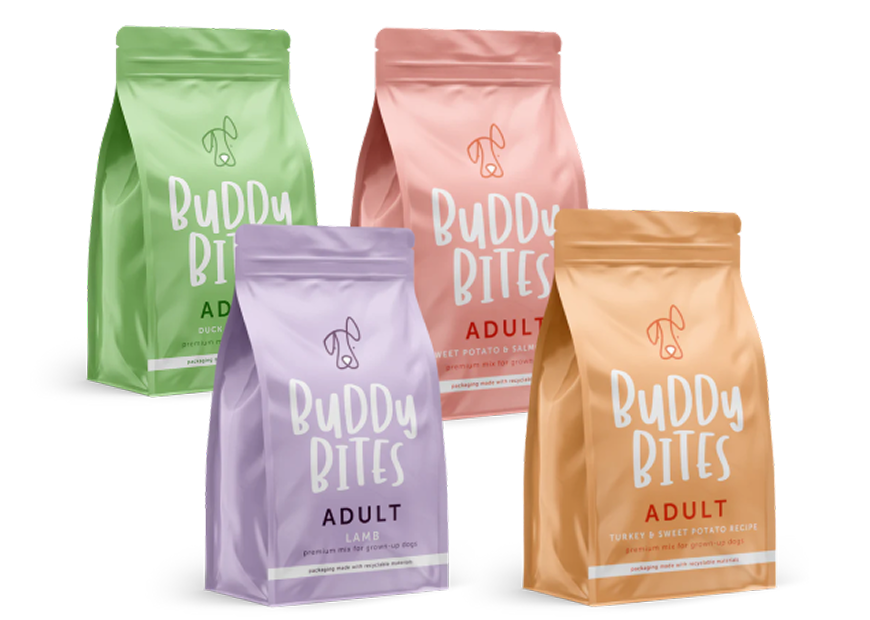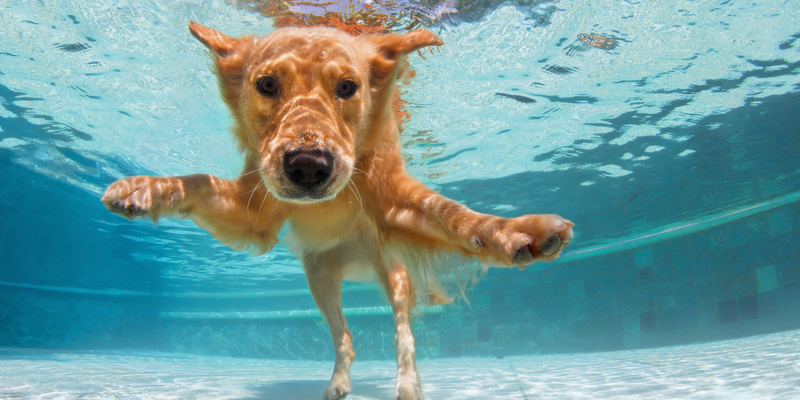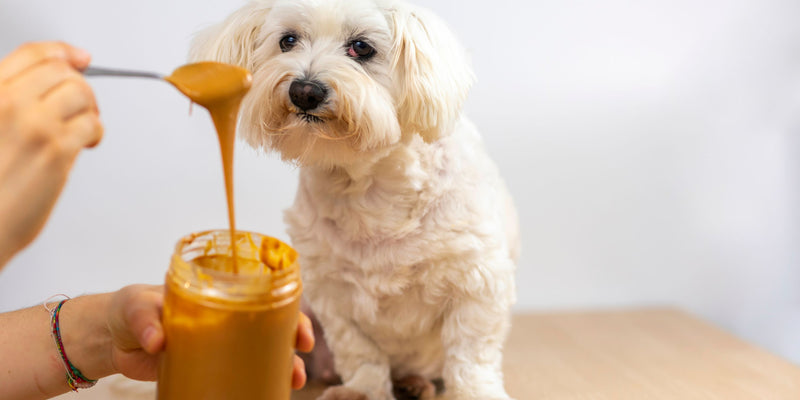8 Tips For Your Fussy Eater Dog
September 05, 2023
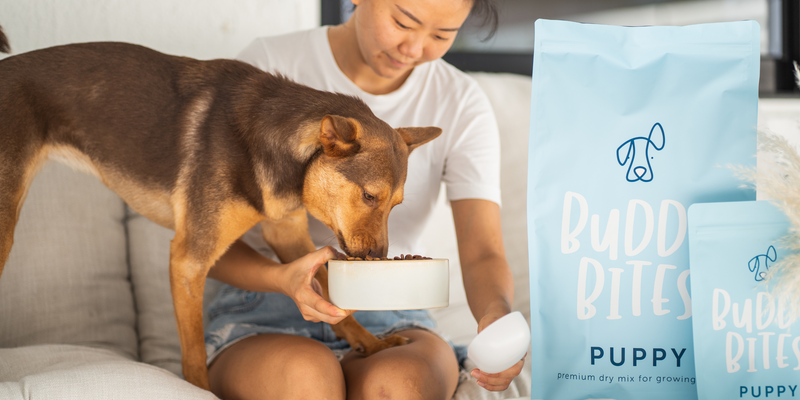
Oh, you have a fussy eater dog? Well, aren't you just the luckiest person alive? I mean, who wouldn't want to deal with a dog that turns their nose up at every mealtime? But fear not, my dear friend, because I have some top tips on how to deal with your little diva of a dog when it comes to feeding them dog food.
We bet you’ve tried sprinkling dog treats in your dog’s food and reducing the amount to trick them into slowly eating all of their own food, but dogs are smart. Bribing them doesn’t always work, especially if they know there’s more where that just came from.

It’s been known that dogs can go on so-called hunger strikes for up to 3 days, just to wait for ‘better’ food. Your food that is. Human food. Or treats. In any case, making your dog feel guilty for not eating their food won’t work. You can try to give them your version of the saddest puppy dog eyes you can muster up and say things like "oh, I guess I'll just throw this food away then." This is manipulation at its finest, but thinking your dog will end up feeling so bad for wasting food that they will just eat it probably won’t happen. Let’s be honest.
And force-feeding is not an option either. These are all terrible ideas and of course, these are all completely sarcastic. So, let's get serious for a moment and talk about why some dogs are fussy eaters.

Why are Some Dogs Fussy Eaters?
Dogs can be fussy eaters for a variety of reasons. Dogs have a keen sense of smell and taste, and some can detect subtle differences in the flavour, texture, or smell of their food. For others, it could be because of their breed, age, or individual personality.
Our co-founder also shares his own experiences with one of his dog’s, Nacho. He’s the one with the signature floppy ear. You know, the logo of our brand. Read on to find some actual tips on how to deal with a fussy eater dog.

Is There a Medical Issue?
First and foremost, it's important to determine if there is an underlying medical issue causing your dog's lack of appetite. If your dog has suddenly become fussy, it could mean that they’ve lost their appetite from a change in diet. For example, if you haven’t gradually transitioned their old food to their new food over several days, this can cause stomach upset. Other reasons for a sensitive stomach or digestive system can also be caused by medication that they’re currently on. These can make certain foods unappealing or difficult to digest. Or, it could be a sign of an illness or dental problem, so a trip to the vet is essential.
For older dogs, they may prefer a smaller kibble like our Adult Duck recipe that is easier for them to chew with fewer teeth. They can also be more easily broken down by the enzymes in their saliva.

1. No Treats
Assuming there is no medical issue, you can start by examining your dog's feeding routine. You probably give your dog too many treats, but you just love spoiling your dog. No. Stop it. Reign it back and allow them to get hungry. They’re probably not feeling peckish come mealtime, so you need to let their stomach build up the anticipation. This includes no table scraps!

2. Type of Dog Food
Another factor to consider is the type of food you are giving your dog. Some dogs are just picky eaters and prefer certain types of food over others. If they’ve been exposed to it, they probably remember. Dogs can remember more than you think. You know that thing that happened 2 minutes ago? Yup, they can probably remember it. Why? It’s called Associative Memory.
This is how dogs remember their favourite things and if they just had a can of really sloppy, tasty wet dog food, they’ll probably associate that with every time you open, well, a can of tuna.
So how do you make sure your dog eats the food you buy them without having to change brands and buy new big bags of dog food every month? Stick it out. Here’s how.

3. The 10-Minute Rule
Put the bowl of dog food down and stand over them, waiting. If they ignore it and look up at you, just wait. Wait for 10-15 minutes and don’t distract them. If they don’t touch their food in that period of time — pick the bowl up and walk away. You don’t need to be dismissive and make them feel bad, as much as you might want to.
Both of those actions let them know that what has happened is that their food has been taken away. Try this again at their next meal time and the next meal time after that. You might be thinking, but my dog hasn’t eaten anything all day and now it’s bedtime. That’s right, so that means the next time you try will be at breakfast. This means more time for your dog’s hunger to build up. It might seem cruel but necessary.

4. Feeding Environment
Consider the environment in which your dog eats. Is it a peaceful, quiet space, or is it noisy and chaotic? Some dogs get stressed or distracted easily and prefer a quiet, calm environment when eating, so try moving their food bowl to a quieter location.
Some dogs are also extra attached to their humans, like working dogs. They watch your every move and are so attuned to your movements and actions, that you’ll probably have to keep starting from scratch to count again from the beginning every time you move. Some dogs are also just anxious and like company while they eat. This is good for particularly nervous dogs.
In any case, whether you’re sitting down with them or standing over them and watching them, you’ll probably end up in a battle of wills. Hold strong and just make sure you keep your dog’s food sealed properly, so that it doesn’t go stale, because who likes stale food anyways.

5. Keep a Regular Schedule
Feeding your dog on a regular schedule can also help. Try to establish a routine and stick to it as closely as possible. Dogs thrive on routine and knowing when to expect food can make them more excited about mealtime. Your dog is descended from opportunistic hunters that were accustomed to eating what they could get when they could get it. And skip all of the treats in between.

6. Add a Broth or a Topper
Try experimenting with different types of food supplements. Supplements as in add-ons. Mixing in some wet food, powdered toppers or broths can help complement your dog’s existing food and add extra flavour to the recipe, making their food seem more appealing. Make sure you mix it in well, because as we all know, our dogs can be stubborn and can pick things out if they really wanted to.

7. Make Mealtime Fun
Tap into those hunter instincts by using the power of your best bud’s nose with dog puzzles, slow feeders or snuffle mats. You can increase the challenge depending on your dog’s sniffing abilities.
For instance, with Beagles that have such a keen sense of smell, you can use dog puzzles that create more of a fun interactive game for them to use their nose to find out which parts of the puzzles their food might be hidden in. There are varying degrees of dog puzzles that you can start your dog on and rotate, so they don’t expect the same thing each time.
All of these make mealtime more engaging and exciting for your dog by stimulating their appetite and encouraging them to eat.

8. Incorporate Dog Food into Training
You can also use your dog’s sense of smell through dog training. By using their food to engage, you are harnessing the power of reward and positive reinforcement to spark their hunger.
Dry dog food works the best for this because you can put some into the palm of one hand and more stock into your pocket or dog training pouch when you need more. Choose larger dog food because if you use smaller ones, you could easily drop them on the floor by accident, and you don’t want your pup thinking that they can eat food off the floor as this is a bad habit. Also beware not to use dog food that is too big when it comes to training, because this can also slow down the engagement level of the training while feeding, as your dog will spend time chewing. We recommend trying our Adult Salmon recipe which is the perfect size for training.

You don’t want them to be comfortable. So each time you ask for a command and they follow through, quickly feed them a piece of their food. This also solidifies their obedience training. Who wouldn’t want a better, well-behaved dog?
Basically, dealing with a fussy eater dog can be, well, frustrating. But with some patience and persistence, your fussy eater dog will soon be a happy, 'not-so-stubborn' pup.
